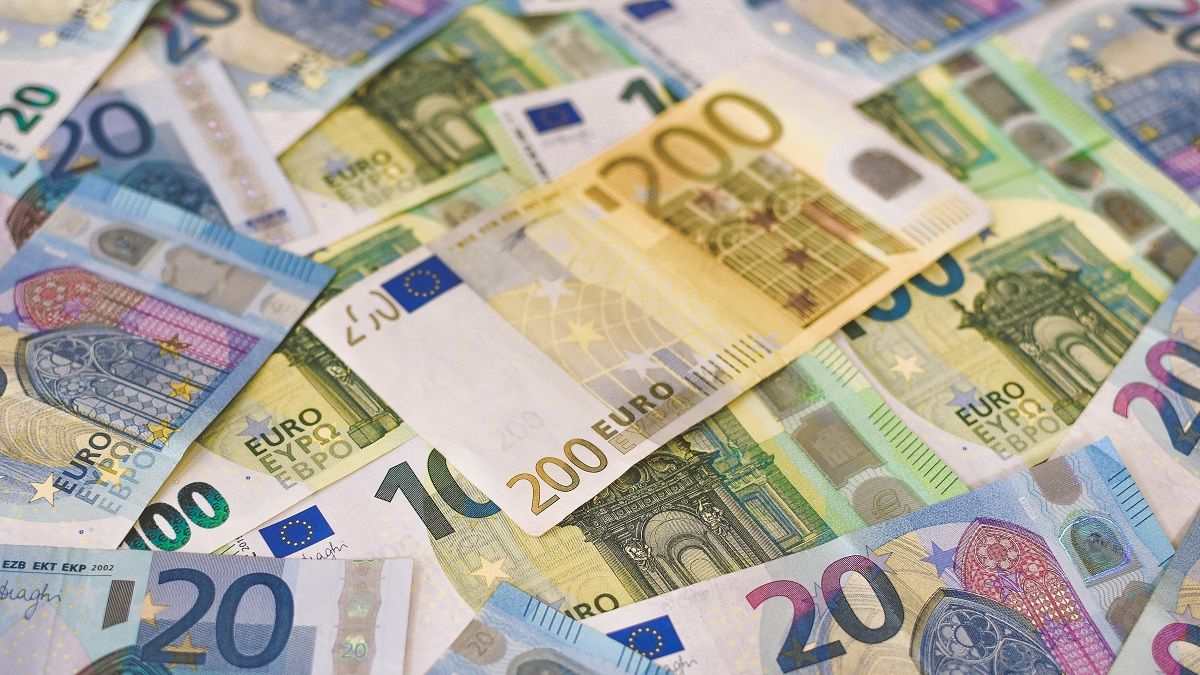Figures from the German government indicate that inflation within Europe’s largest economy increased by 0.3 percentage points between May and June, bucking the trend across the continent.
The Destatis agency said that the inflation rate, measured as the year-on-year change in the CPI, was 6.1 per cent in May, but then reached 6.4 per cent in June. Across the border in France, inflation fell from 5.1 per cent in May to 4.5 per cent in June. In the UK, inflation declined to 7.9 per cent in June from 8.7 per cent.
Ruth Brand, President of the Federal Statistical Office, said: “The rate of inflation therefore increased slightly again after slowing for three months in a row Food remained the biggest driver of inflation. There also is a base effect due to the Federal Government’s relief measures of 2022 – the 9-euro ticket and the fuel discount – which pushes up the current rate of inflation.“
Destatis also said that energy product prices in June 2023 were three per cent higher than in the same month a year earlier, following a 2.6 per cent increase in May 2023. It also said that the fact that the increase in energy prices has been below average since March 2023 is mainly due to a base effect from the previous year.
It also pointed to large price increases because of the Russian attack on Ukraine. The current energy price development, it said, is also influenced by other factors, for example the downward trend of prices at upstream stages in the economic process.
Annual inflation across Europe, said Eurostat, fell to 5.5 per cent in May, down from 6.1 per cent in the previous month. Eurostat said that inflation was down to 6.4 per cent in the European Union.
Across the various nations, the lowest annual rates were registered in Luxembourg (one per cent), Belgium and Spain (both 1.6 per cent). The highest annual rates were recorded in Hungary (19.9 per cent), Slovakia (11.3 per cent) and Czechia (11.2 per cent). Compared with May, annual inflation fell in twenty-five Member States, remained stable in one, and rose in another.
Next week, the European Central Bank will decide on whether to raise interest rates again in order to further combat inflation across the continent. The ECB last raised its interest rates to 3.5 per cent in June, following an increase to 3.25 per cent in May.
In May, Fidelity International warned that the raising of the base rate to 3.5 per cent was ‘sufficient’ to cause a recession.
According to Anna Stupnytska, global macro economist at Fidelity International, the European economy was set to follow a similar path to that of the US after the Federal Reserve raised rates there. This led to a pause in the raising of rates due to the deleterious effects and – given the US is four months ahead of Europe in rate hikes – she warned of an incoming storm.
She said: “Given lags in the transmission mechanism, the euro-area real economy is yet to face the hit. Even without further acute stress in the banking system in Europe, tight credit conditions are here to stay, ultimately leading to credit contraction and recession.”
She added: “Renewed banking stress in the US adds another layer of uncertainty to the already complex outlook. Crucially, with the Fed on pause, the US-EA policy divergence cannot go far. We continue to stress that the ECB is very likely already in the policy mistake territory that would ultimately require a rapid course correction in coming months.”
According to its own statistics, the ECB maintained steady rates between 0.00 and -0.50 from July 2012 to September 2019. In that time, it adjusted the base rate seven times. It has now, however, gone on to adjust the same rate another nine times in the past year.







